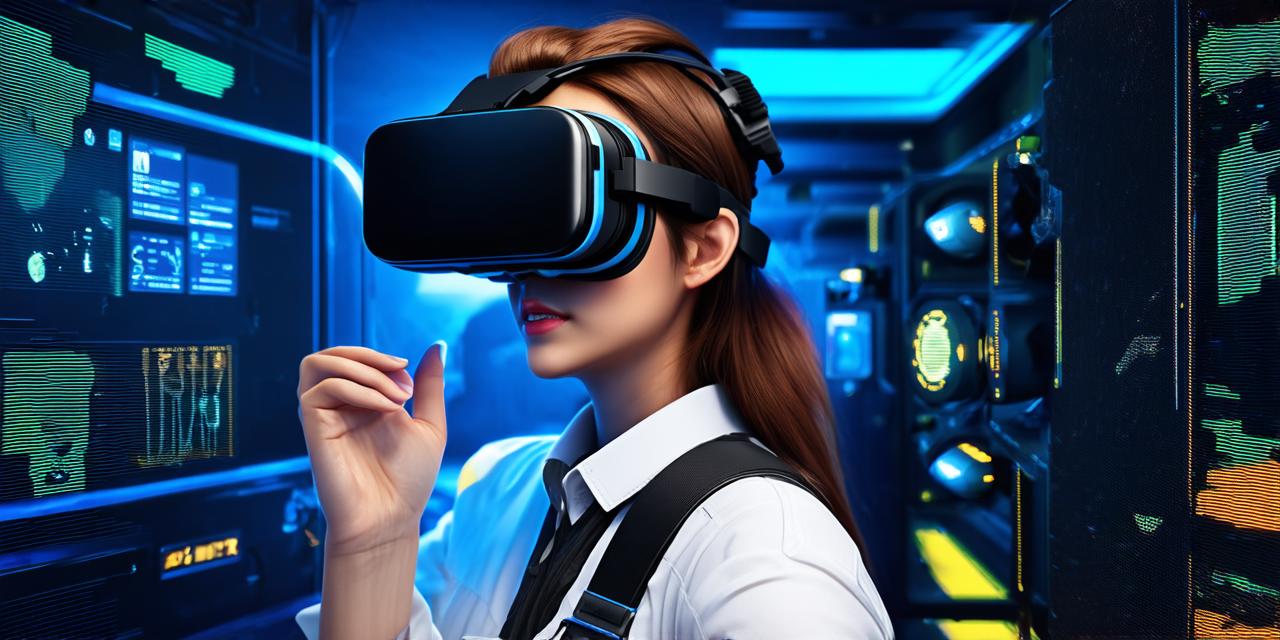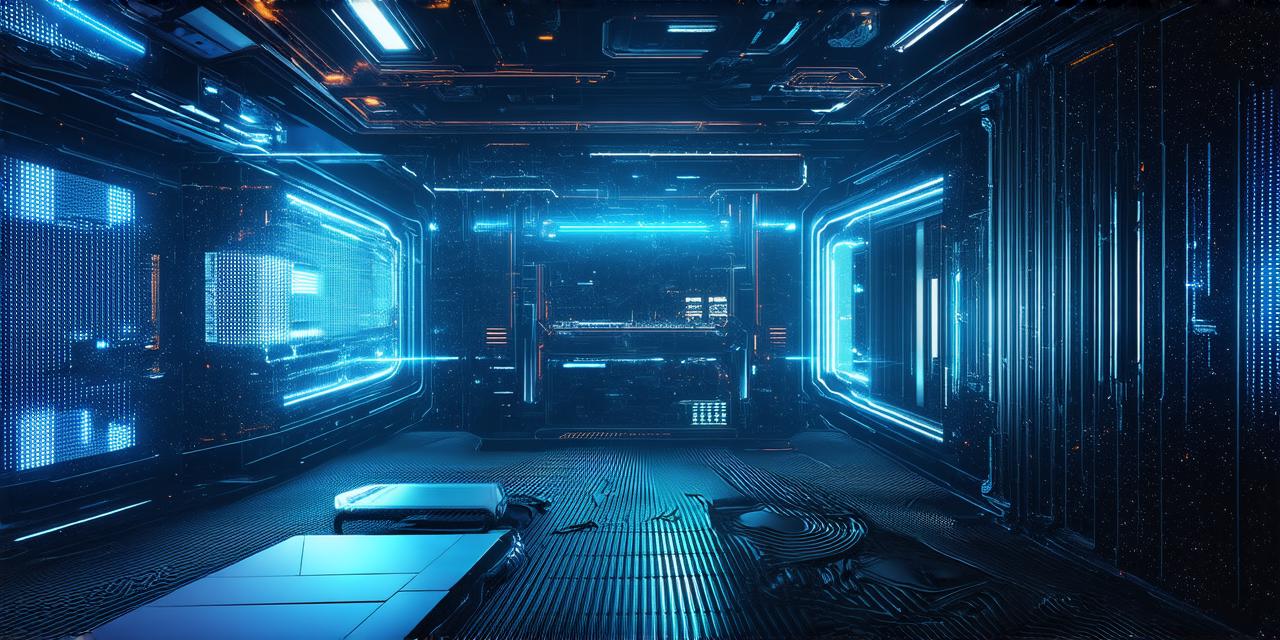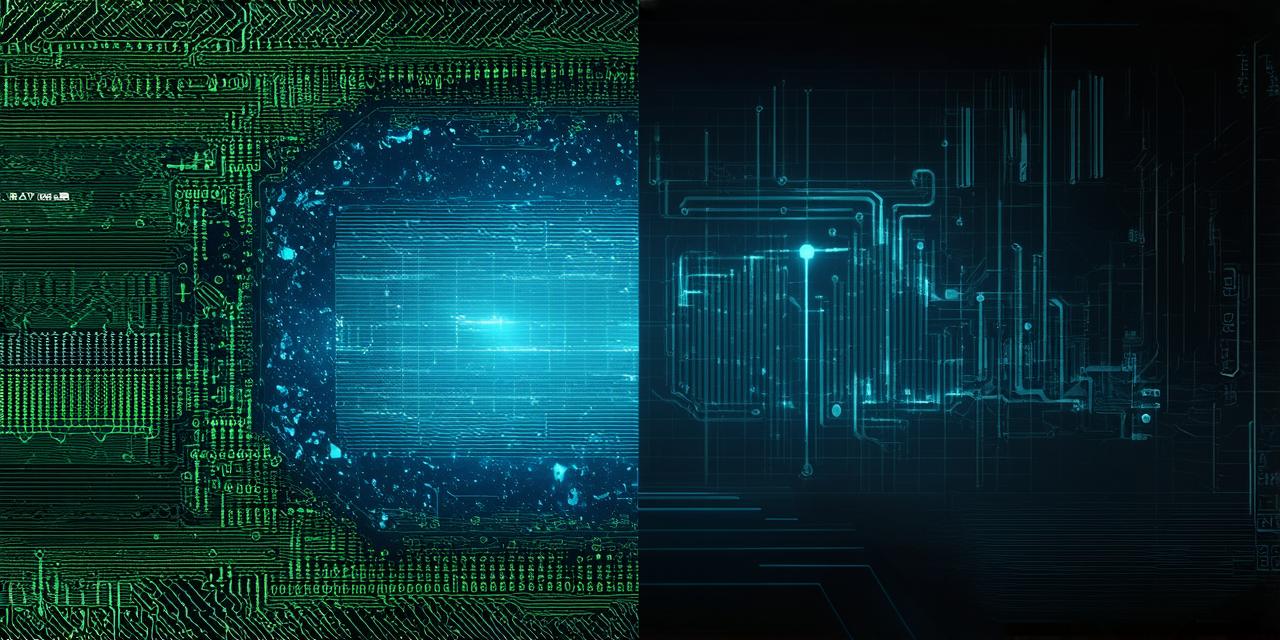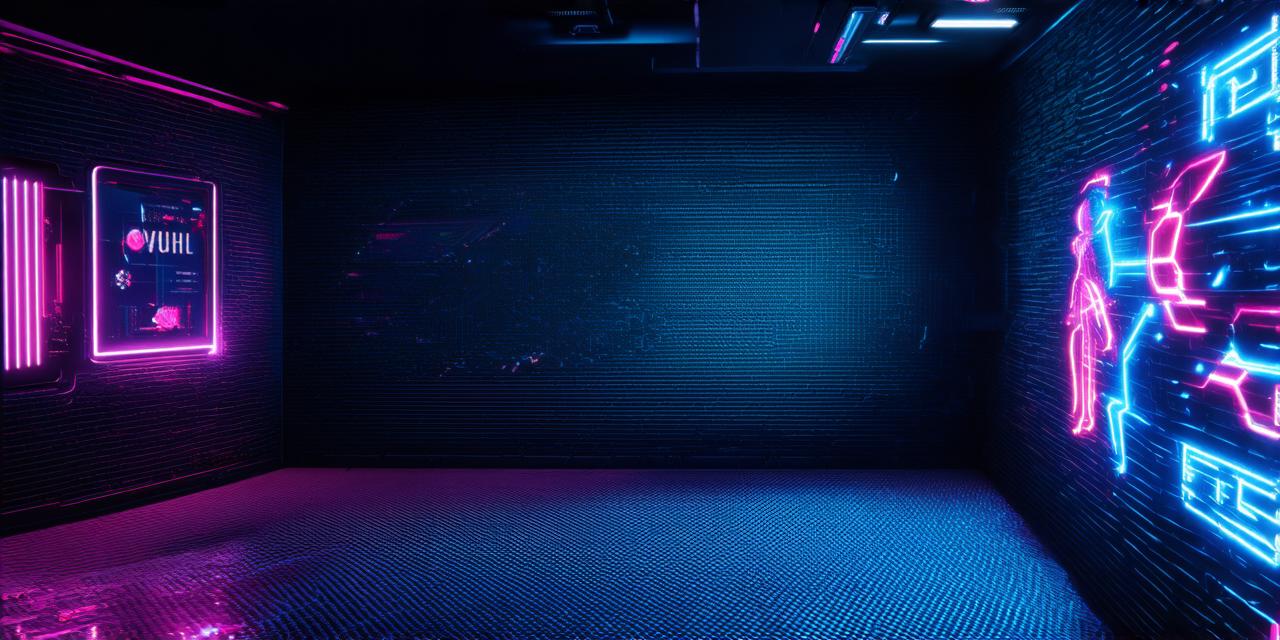Virtual reality (VR) is a rapidly evolving technology that has the potential to revolutionize many industries, including education. With VR, students can experience immersive, interactive environments that allow them to learn in a more engaging and effective way. In this guide, we will explore how VR can be utilized in educational settings and provide real-life examples of successful implementations.
The Benefits of Virtual Reality in Education
There are many benefits to using VR in education. Some of these include:
- Enhanced engagement and motivation
- Improved retention and recall
- Increased creativity and problem-solving skills
- Enhanced collaboration and communication
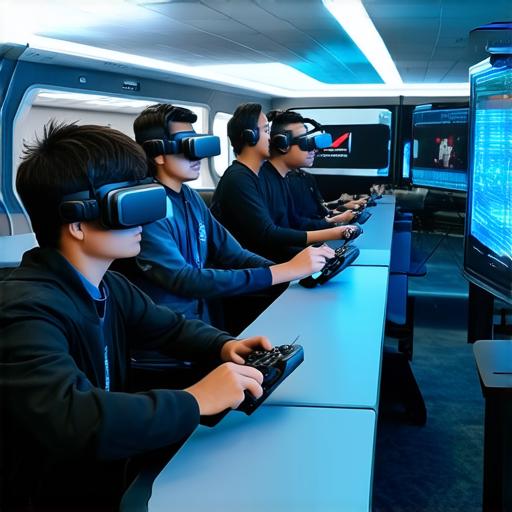
Students who use VR in the classroom are more engaged and motivated than those who do not. This is because VR provides a more interactive and immersive learning experience that can help students better understand complex concepts.
Students who learn through VR have better memory retention and recall than those who learn through traditional methods. This is because VR provides a more engaging and memorable learning experience that can help students better retain information.
VR can also help students develop their creativity and problem-solving skills. By providing them with a virtual environment in which they can experiment and make mistakes, students can learn from their experiences and develop the skills they need to succeed in real life.
Finally, VR can also enhance collaboration and communication among students. By allowing students to interact with each other in a virtual environment, they can learn to work together more effectively and develop the skills they need to communicate effectively in the workplace.
Real-Life Examples of Virtual Reality in Education
There are many examples of how VR is being used in education today. Some of these include:
- Medical training
- History and social studies
- Science and engineering
- Language learning
Many medical schools and hospitals are using VR to train doctors and nurses. By providing them with a virtual environment in which they can practice surgical procedures and other medical techniques, medical students can gain the skills they need to succeed in their careers without putting patients at risk.
History and social studies teachers are also using VR to enhance their lessons. For example, students can use VR to take a virtual tour of ancient Rome or explore the history of slavery in America. By providing them with a more engaging and immersive learning experience, students can gain a deeper understanding of historical events and their impact on society today.
In science and engineering, VR is being used to teach students about complex concepts such as DNA replication and the physics of flight. By providing them with a virtual environment in which they can experiment and make mistakes, students can learn from their experiences and develop the skills they need to succeed in these fields.
Finally, VR is also being used to teach language skills. For example, students can use VR to practice speaking Spanish with native speakers or explore the history and culture of different countries. By providing them with a more engaging and immersive learning experience, students can develop their language skills more effectively and quickly.
Expert Opinions on Virtual Reality in Education
Many experts believe that VR has the potential to revolutionize education. For example, Dr. Richard Horton, editor-in-chief of The Lancet, has said that “VR is a game changer for medical education and training.” Similarly, Dr. Jill Bolte Taylor, a neuroanatomist who wrote My Stroke of Insight, has said that VR can help students develop the skills they need to succeed in the workplace.
FAQs on Virtual Reality in Education
How does virtual reality work?
Virtual reality works by creating a computer-generated environment that simulates real-life experiences. Users wear a headset or other device that tracks their movements and allows them to interact with the virtual environment.
